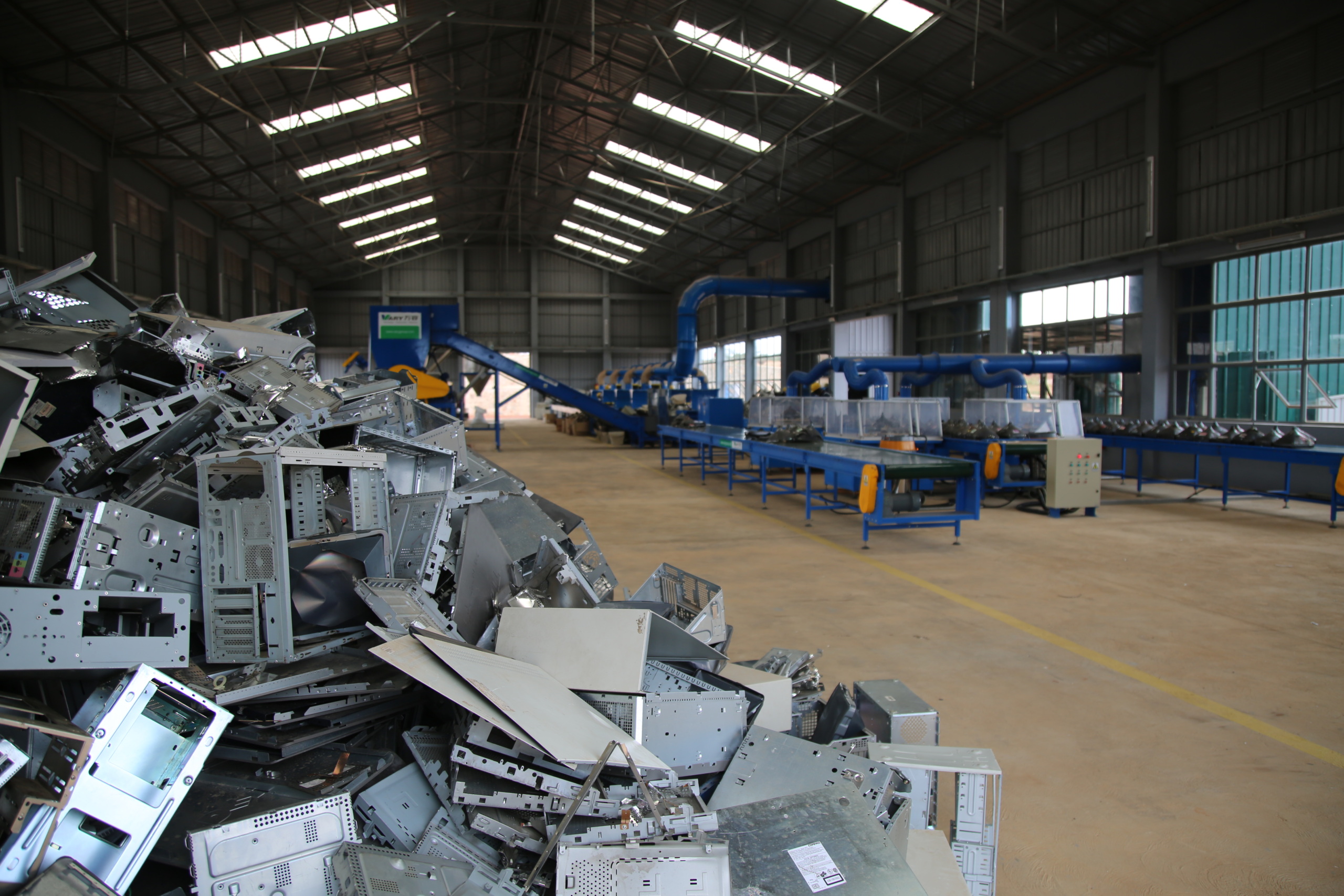
Fixing our stuff and fixing our planet
International Repair Day reminds us why repair is essential for the environment
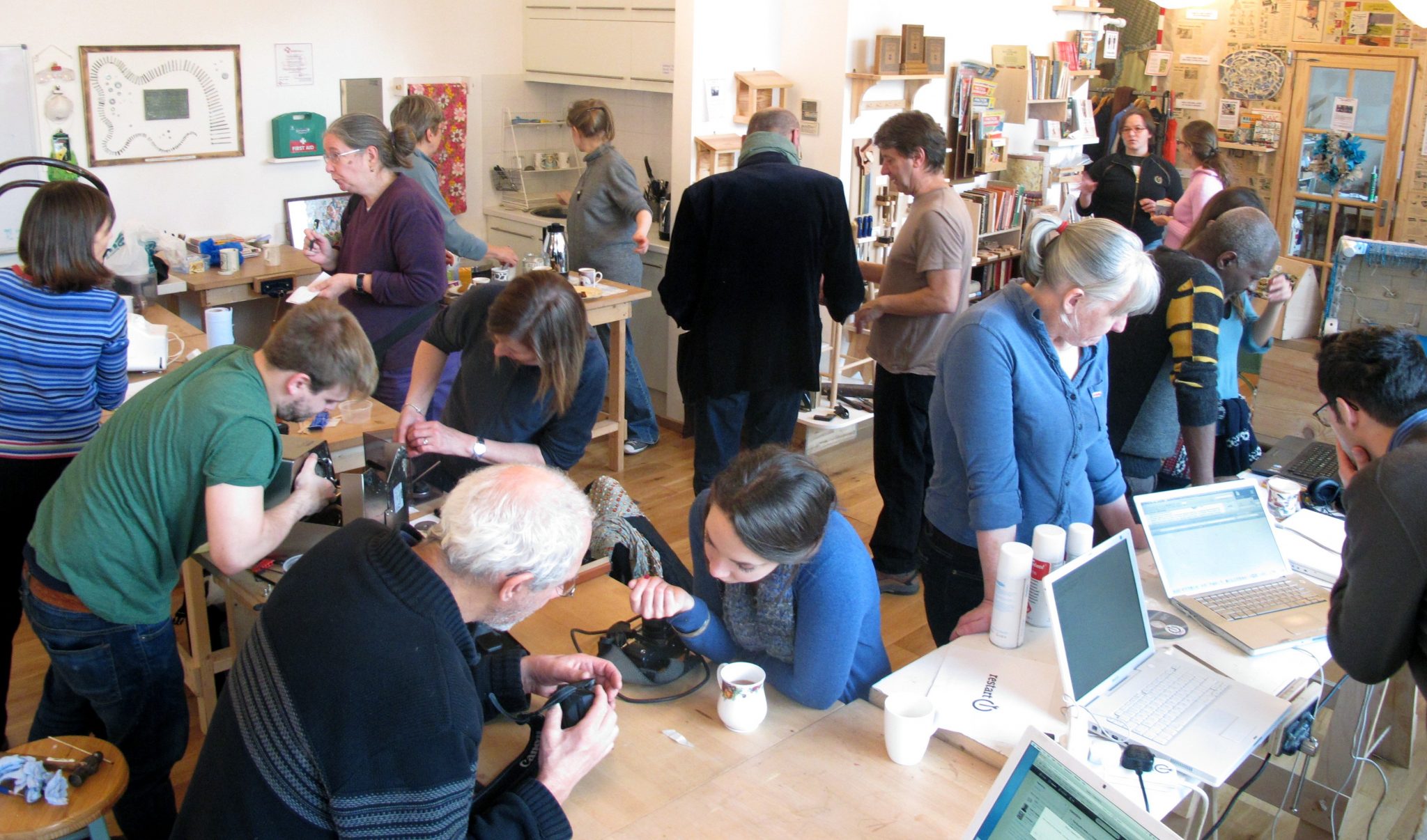
It’s common-sense, when something breaks, you fix it. But due to a combination of bad product design, manufacturer-imposed repair restrictions and the growth of a throwaway system, we don’t fix things like we used to.
That’s why PIRG is working to pass Right to Repair. We’re also working to promote repair in communities across the country — as part of a global call to waste less and fix more. On Saturday, October 16, we join repair enthusiasts across the globe to celebrate International Repair Day.
Free community repair events are being held across the world to celebrate, and we’re also using Repair Day to talk about how critical repair is — especially for the environment. If you have a broken gadget, we encourage you to join an online event where you can get advice on how to fix it. Some new findings underscore just how important that repair is for our planet.
Wasted opportunities
The world creates 100 blue whales worth of e-waste by weight, every single day.
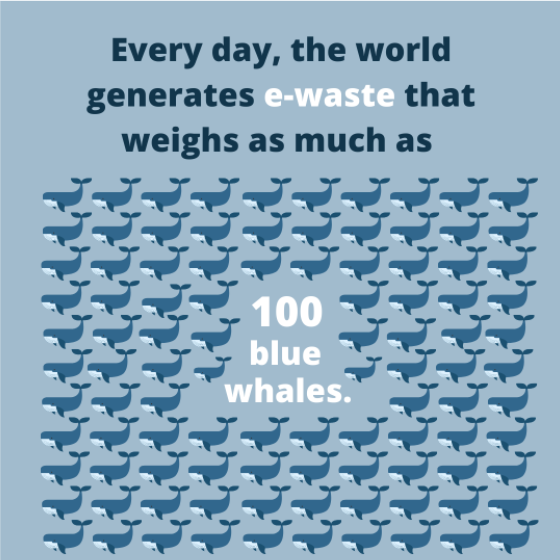
This waste is particularly dangerous for both humans and the planet. It contains toxic metals and other organic pollutants that end up in landfills and leak into waterways. Only 20% of discarded electronics are recycled.
Our cycle of buying new phones and other devices as soon as they break is unsustainable. Because manufacturers profit when we replace instead of repair, they’re incentivized to make repair difficult for users. Many people are familiar with the experience of taking their phone with a cracked screen or worn-down battery to the manufacturer and getting an estimate higher than the price of a brand new phone. Independent repair shops struggle to access the parts and information that’s necessary to offer another option.
That’s why we have to support our right to repair – so that we aren’t at the mercy of manufacturers to tell us when it’s time to throw out our stuff.
Small improvements, big impacts
Despite all this, we are making progress. In 2019, Americans purchased 152 million smartphones but cut that number to 126 million in 2020. Some didn’t feel the need to upgrade devices, since the newer versions have less improvements than they once did, but more people fixing old devices was an essential factor, as Apple CEO Tim Cook noted.
With smartphones, the manufacturing process is way more environmentally taxing than the use phase. Making a phone releases as much CO2 as using it for 34 years, which makes using the product as long as possible ecologically critical. According to data from Hyla Mobile, International Data Corporation and Deloitte, we kept our phones 14% longer in 2020 than in 2019.
Just those few extra months have the climate impact of planting a forest of 18.8 million trees.
While Right to Repair has made progress, we have to keep pushing. Technicians recently showed that Apple’s new iPhone 13 disables face recognition if a broken screen is replaced without using Apple’s repair software — even if a genuine Apple replacement screen is used. Apple doesn’t make that software available to independent shops or consumers.
When the only choice is to go back to the manufacturer, it can set whatever prices it wants or push us into upgrades. If we want to keep using our phones longer and stop polluting our planet, we need to stand up for our Right to Repair and take back control of our own devices.
This year’s Repair Day is an opportunity to bring some new life into your old gadgets and support the repair shops that help us care for the stuff we love too much to toss.
Celebrate by joining an online fix-it event, and get expert help fixing a broken item in your home – anything from clothing, to furniture, to modern gadgets – and take action by supporting the laws that stop companies from blocking repair.
Blog by Liza Koman
Topics
Find Out More

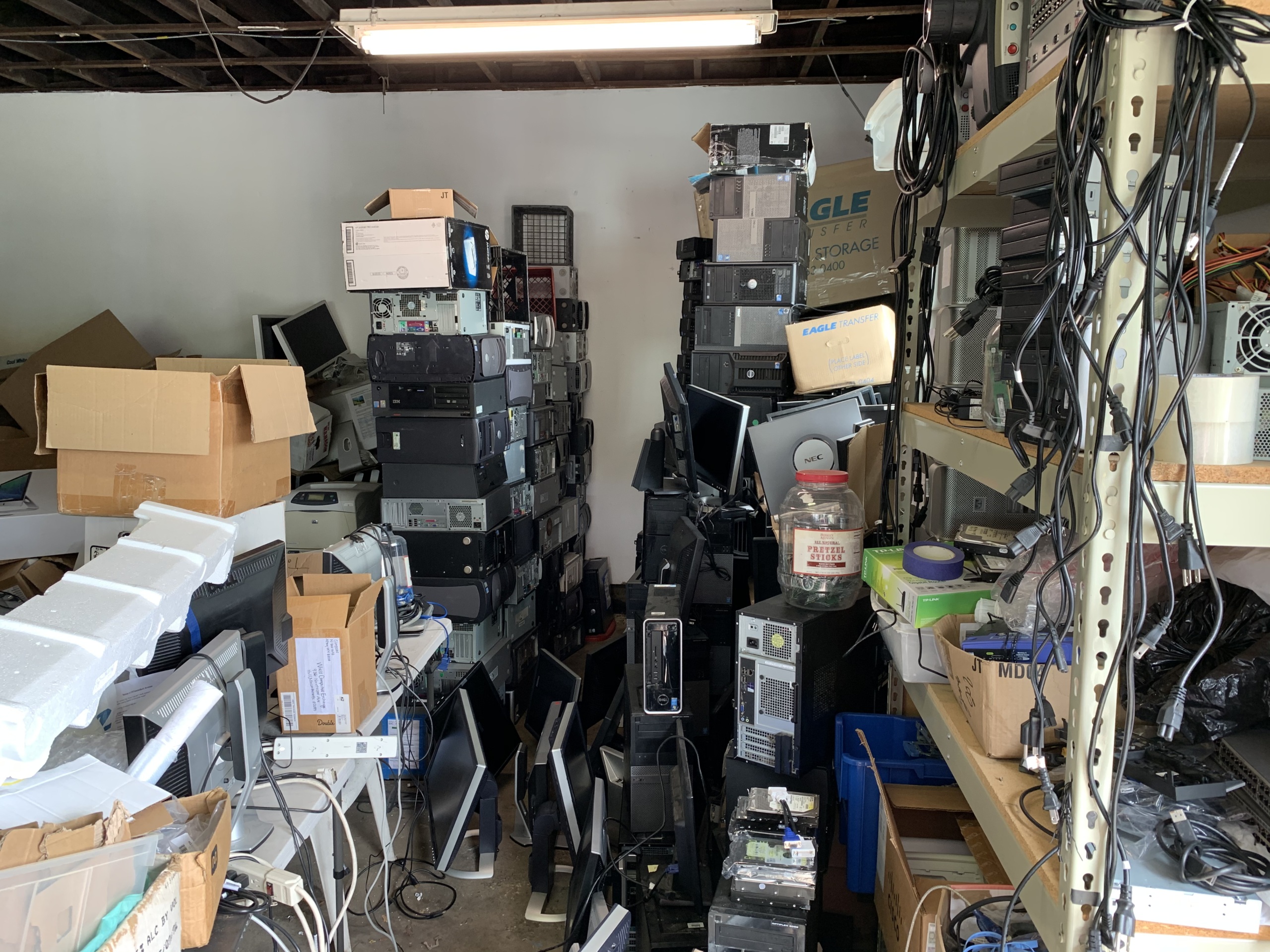
Why do we toss working devices?
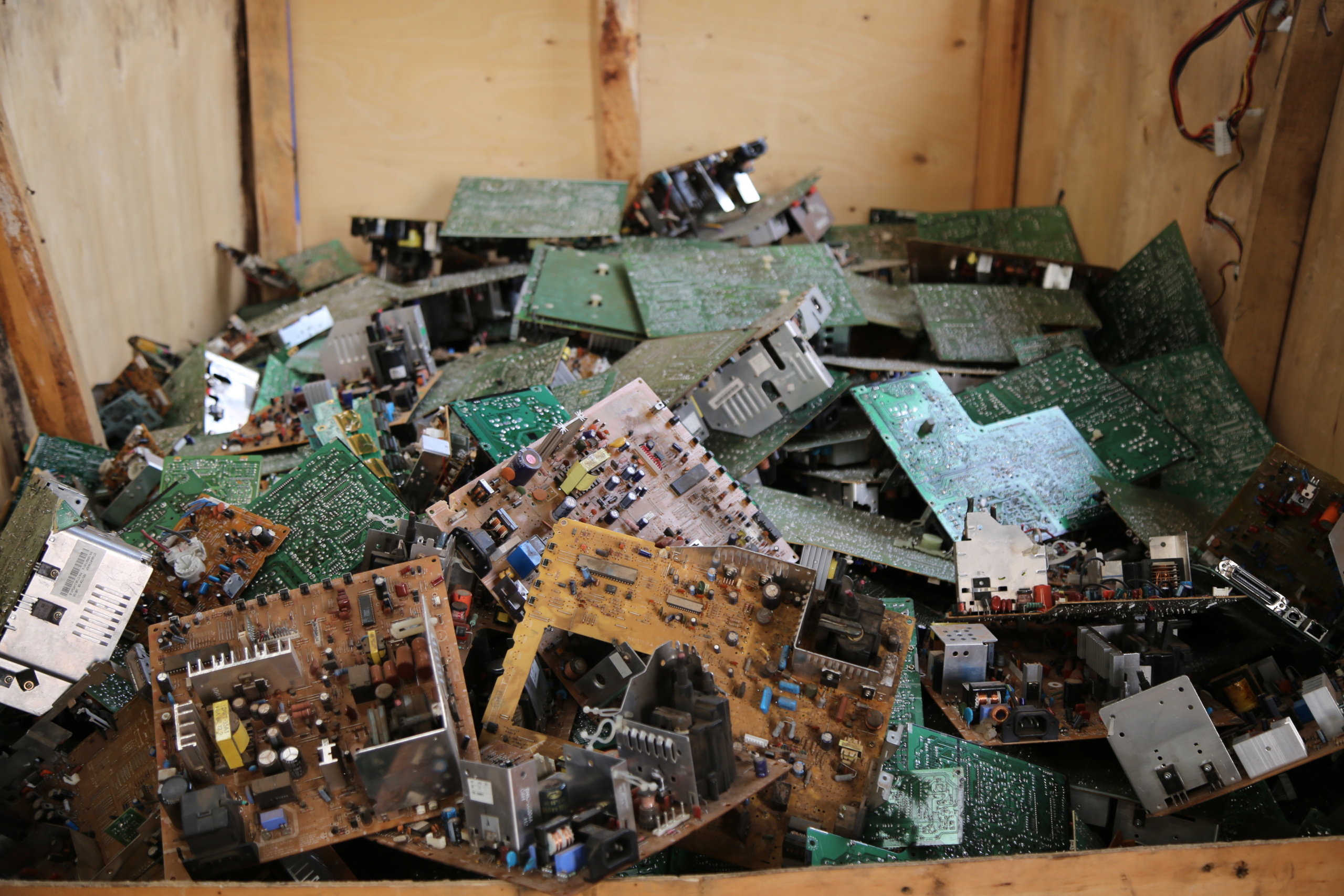
6 surprising facts from the UN’s 2024 electronic waste report

